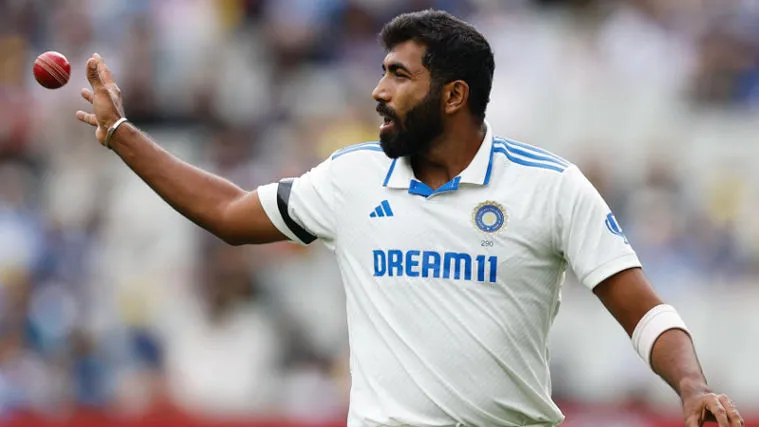Defining the legal age limit to tie the knot in India has had its fair share of controversies. On 15 August 2020, from the ramparts of the Red Fort, Prime Minister Narendra Modi mentioned that his cabinet was reconsidering the minimum age of marriage for girls. The announcement was a bliss for groups advocating against the archaic tradition of girl-child marriage, and promoting legal age parity.
The Indian Majority Act, 1885 clearly lays down 18 years as the age of majority, saving matters like marriage, dower, divorce and adoption. The exceptions carved out did more damage than good as they warranted the legislature to draft unfair provisions. Section 4(c) of the Special Marriage Act, 1954 (“SMA”) and section 5(iii) of the Hindu Marriage Act, 1955 (“HMA”) corroborate this claim as they prescribe different marriageable ages, 21 years for boys and 18 years for girls. This disparity is inconsistent with the sacred principle of equality enshrined in Article 14 of the Indian Constitution. No plausible explanation exists as to how and why the aforenoted age limits have been fixed, indicating that the narrative presented regarding the legal age disparity is both arbitrary and distorted. In E.P. Royappa v. State of Tamil Nadu, the Indian Supreme Court (“SC”) incisively explained that equality and arbitrariness can never coexist. Succinctly, the actions of the State must not leave room for absurdity. Even the rationale behind proposing 61st Amendment in 1988 appears to be untenable. The India government lowered the voting age from 21 years to 18 years as it wanted to give ‘the unprecedented youth an opportunity to become a part of the electoral process’. Notably, a marriage inconsistent with age-specific provision of the SMA and the HMA is devoid of any legal status as it is neither considered void nor voidable. Surprisingly, even section 3 of the Prohibition of Child Marriage Act, 2006 does not make child marriage illegal but only voidable at the ‘option of the contracting party’, thereby injecting legitimacy into child marriage. As per the National Family Health Survey (NFHS) conducted during 2015-16, 27% of married women aged 20-24 had been married before the age of 18, and 7% before the age of 15. The figures manifest that millions of married women in India are not even legally competent to exercise their choice to enter the institution of marriage. The Law Commission Report on ‘Reform of Family Law’ published in 2018 accurately remarked that the legal age disparity ‘simply contributes to the stereotype that wives must be younger than their husbands.’ Lower marriageable age for girls cast aspersions on their ability and consider that women must only perform domestic duties and raise children.
There exist other two constitutional imperatives on the part of the State to implement the legal age parity- under Article 21, i.e. Right to Life and Personal Liberty, and Article 39(f) which obligates the State to ensure a holistic development of children, free from exploitation. It cannot be denied that early marriages make girls susceptible to unintended pregnancy which can either be responsible for maternal morbidity or maternal mortality. Unwanted pregnancy deprives them of making well-informed reproductive choices and hence brazenly violates their ‘Right to Procreate or not to Procreate’. In Suchita Srivastava & Anr. v. Chandigarh Administration, the SC held that the reproductive right is an essential component of ‘personal liberty’ read under Article 21. The Court, in Justice K.S. Puttawamy(Retd.) v. Union of India, categorically observed that reproductive right and privacy are inextricable. The ill-effects of an adolescent marriage are not restricted to health hazards but extend a bit too far. In Independent Thought v. Union of India, the highest judicial court of India opined that an early marriage coerces a girl child to compromise her education, and exposes her to both physical and sexual violence. In such a scenario, the child is interdicted to develop in a healthy environment and live a life of dignity, infringing their rights laid down in Article 39(f).
Remarkably, even Shri Biswanath Das (Member, Constituent Assembly of India) espoused the view that the age limits must be increased to 20 or 21 years while opposing the Hindu Code Bill in the early 1950s. He staunchly opposed the fixing of age limits for boys and girls at 18 years and 16 years, respectively. Needless to say that giving the girl chid an equal opportunity to develop like a male child is a default rather than the rule. Now, India eagerly awaits the Committee Report which aims to high level of granularity on the concerned issue.













